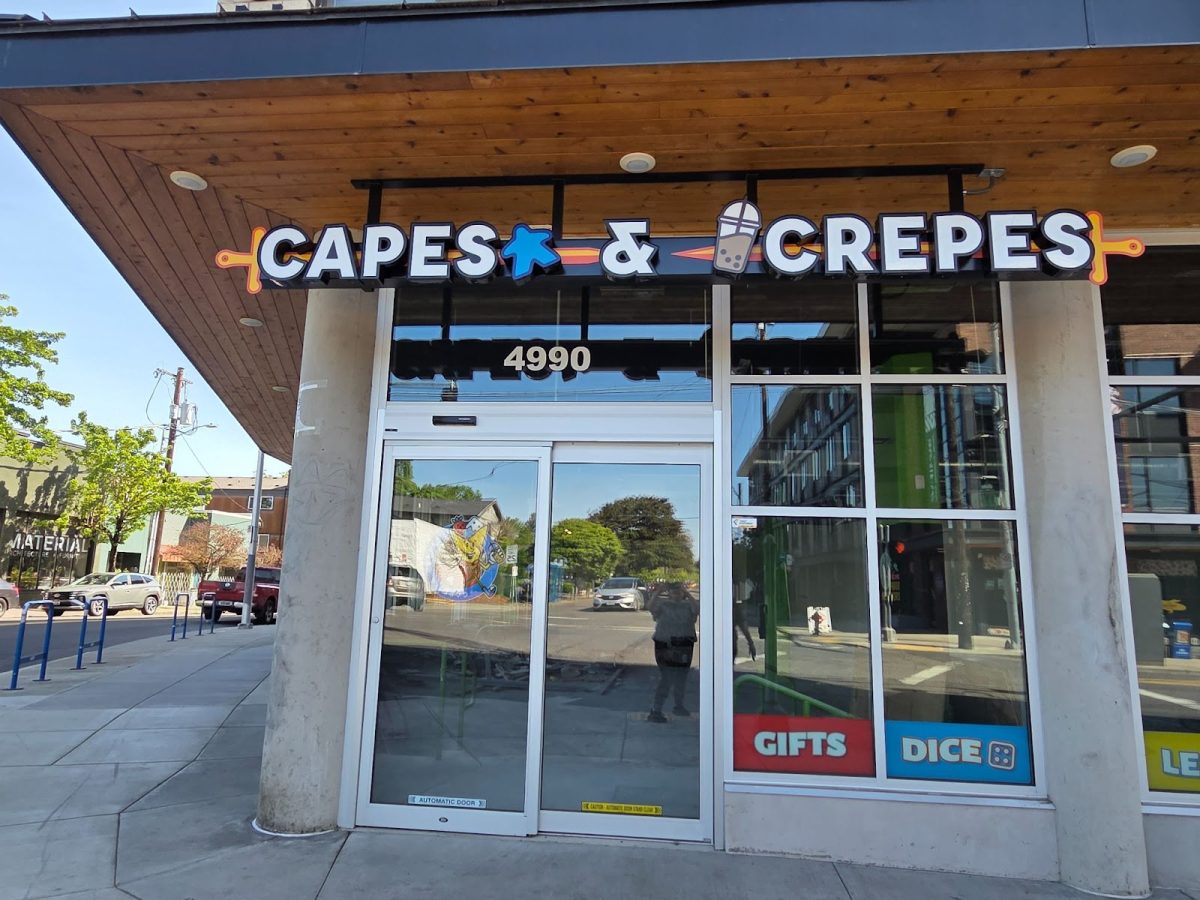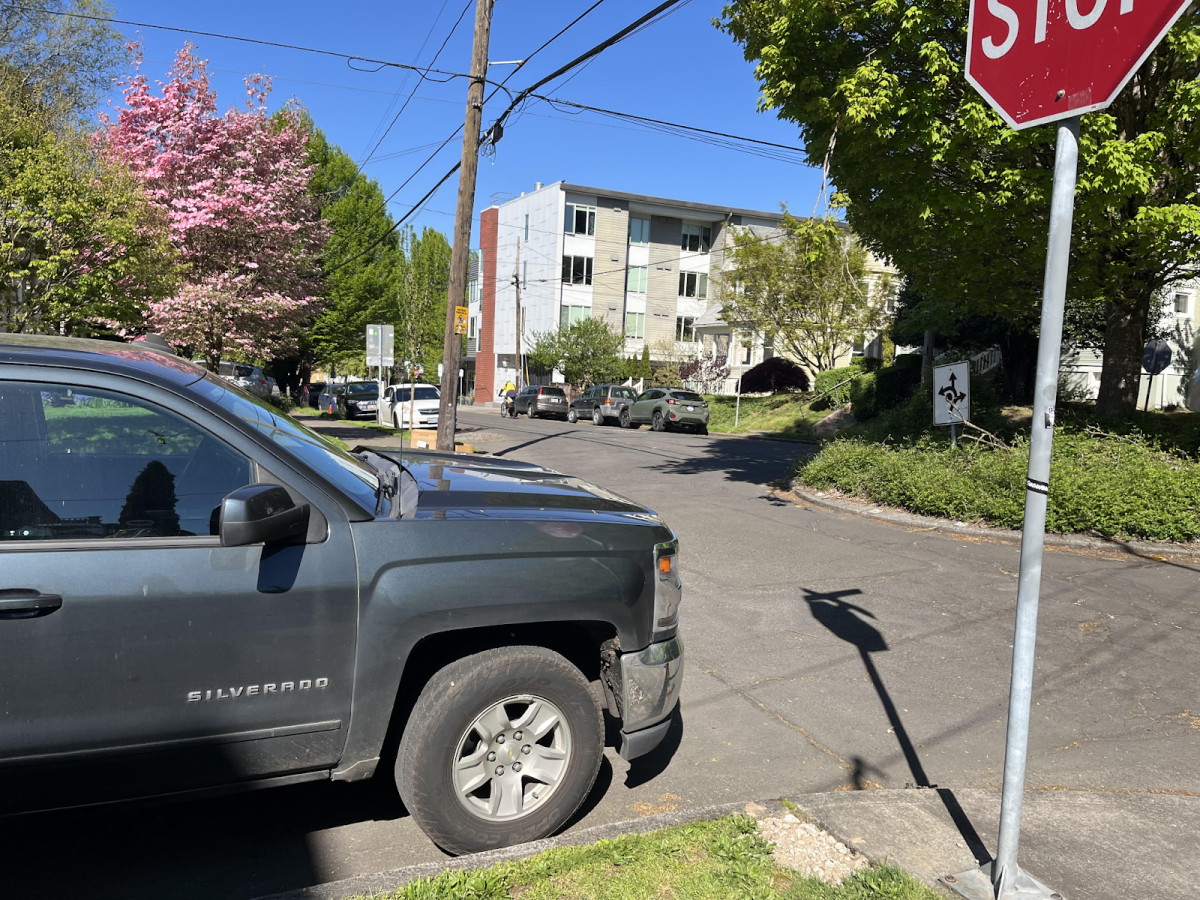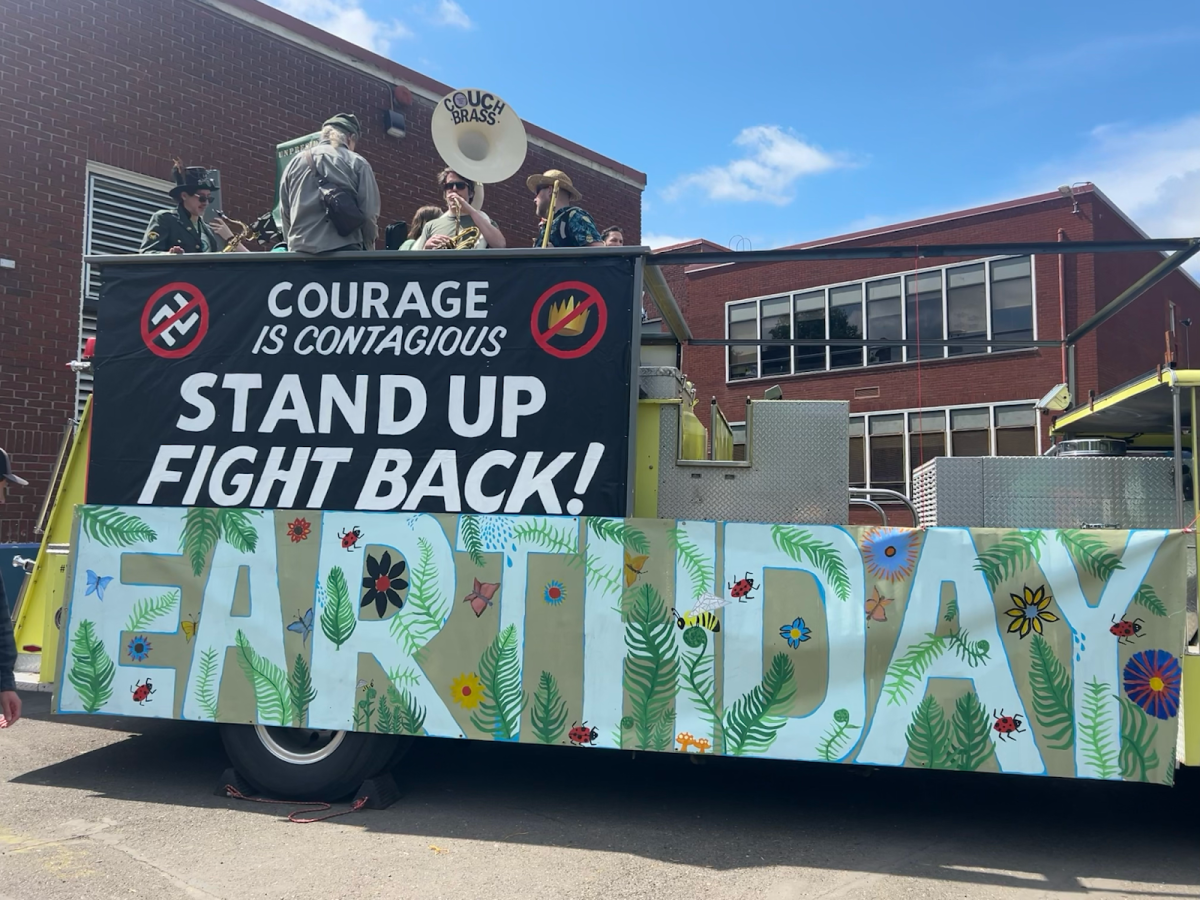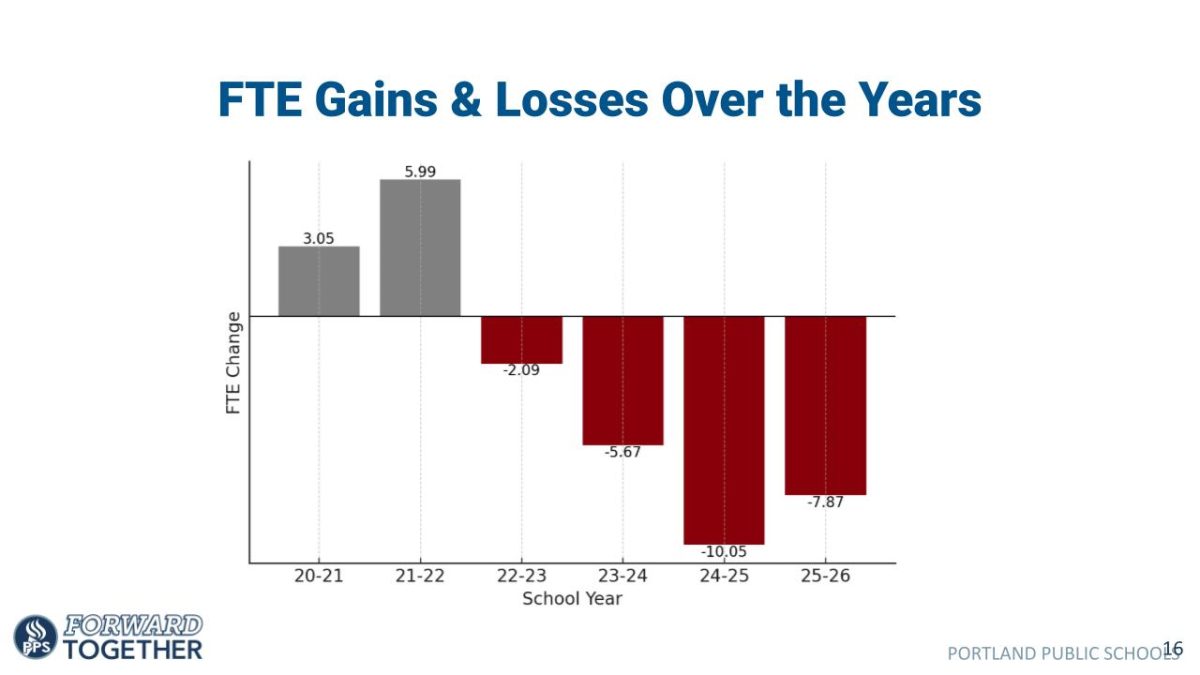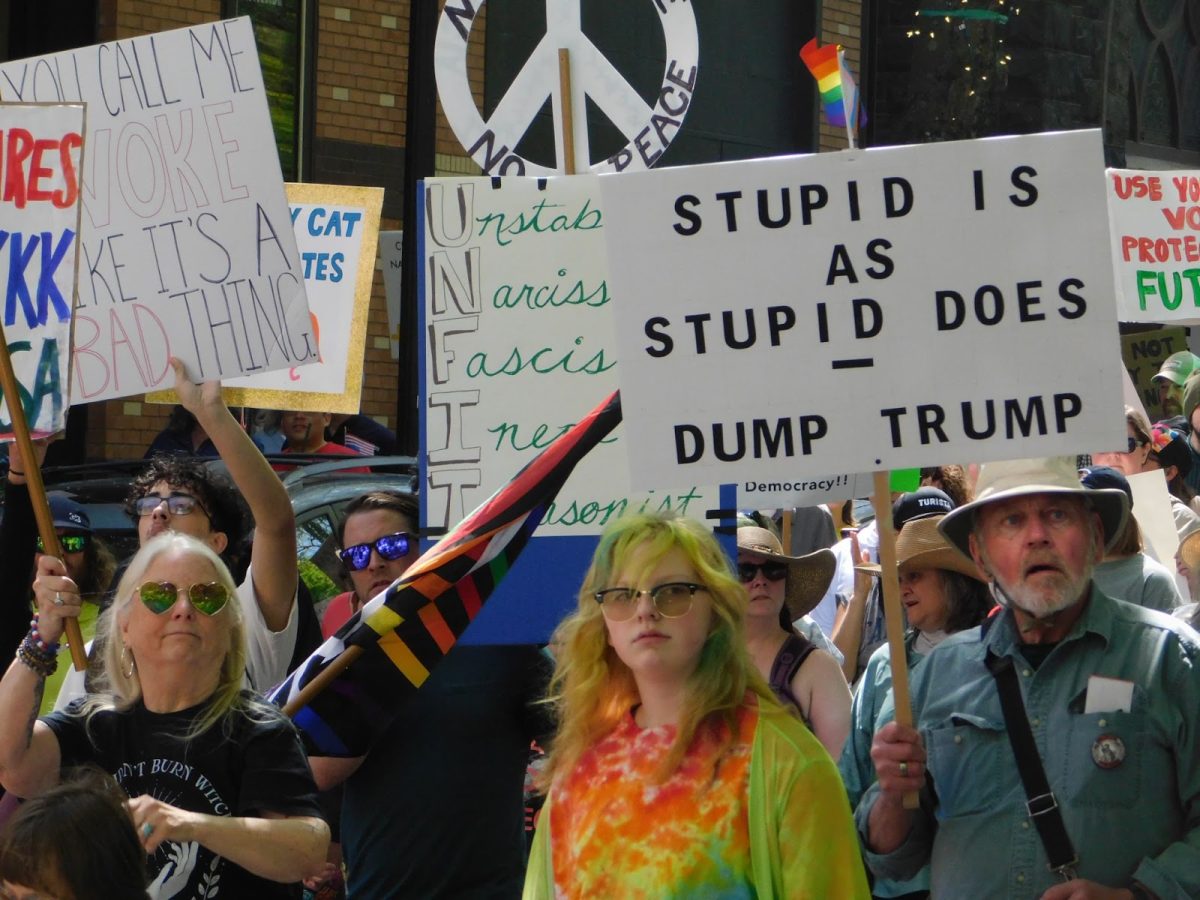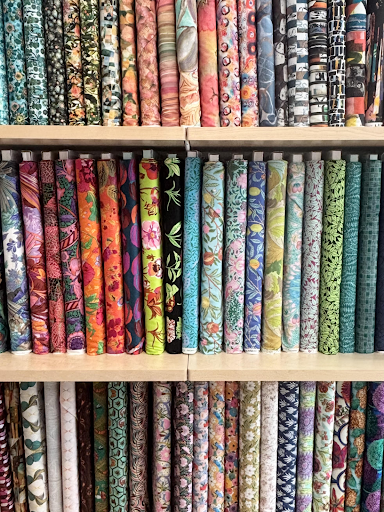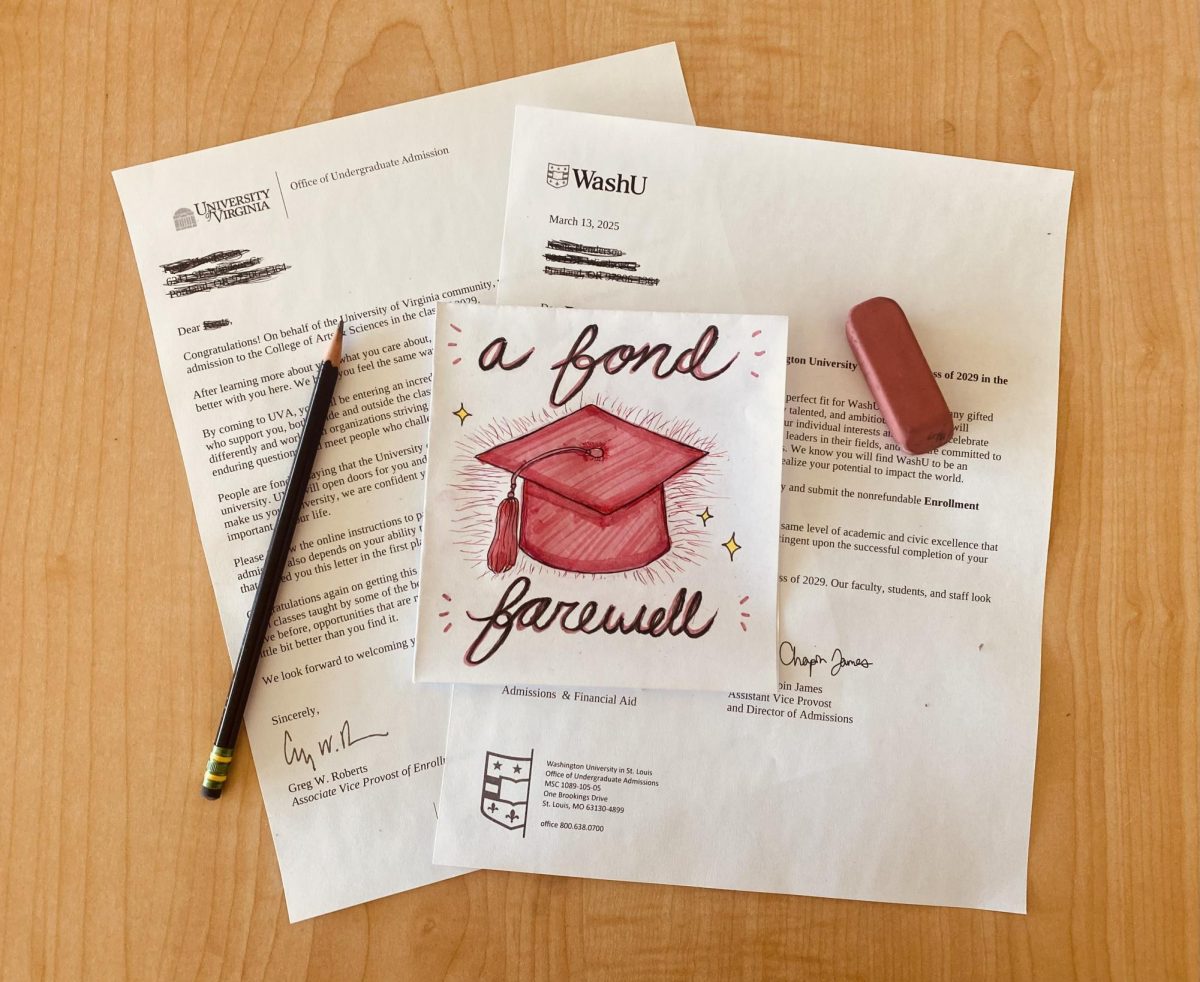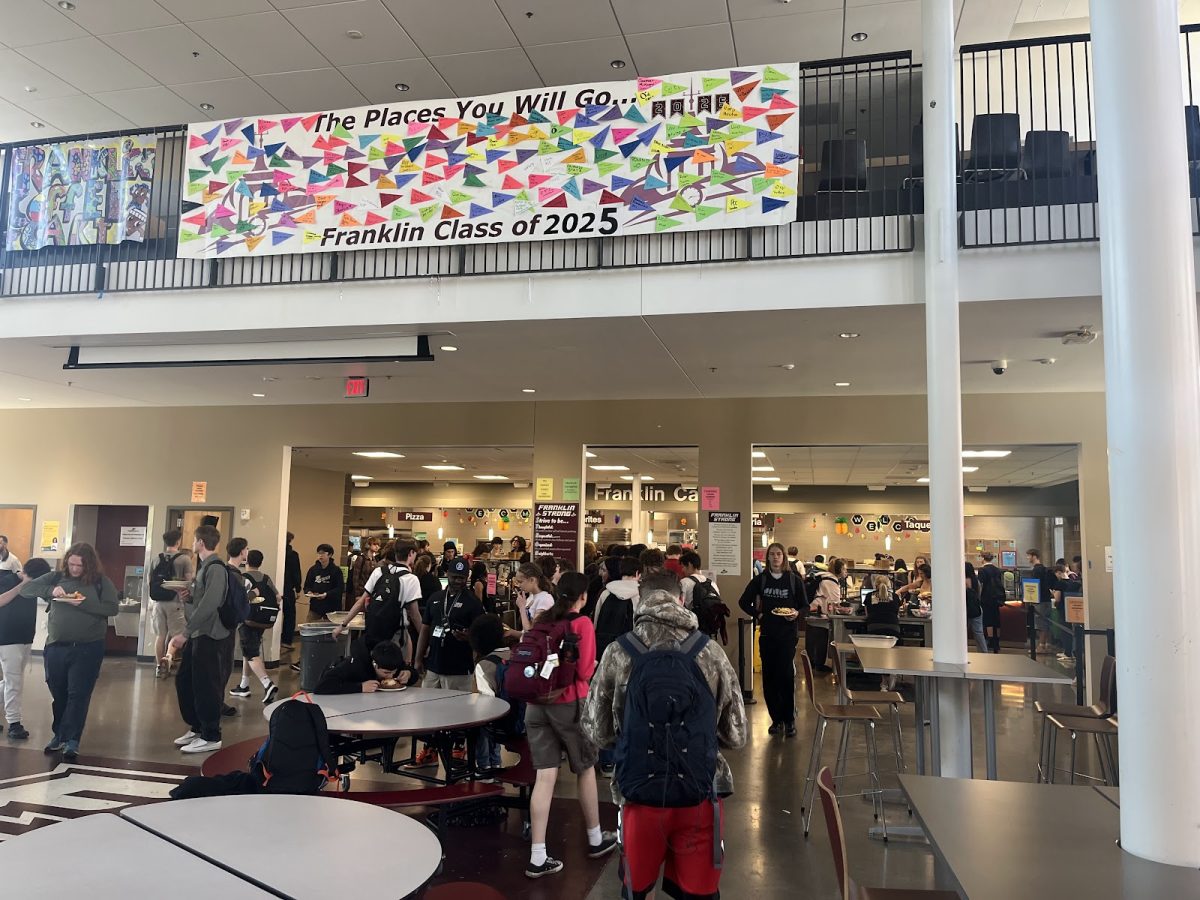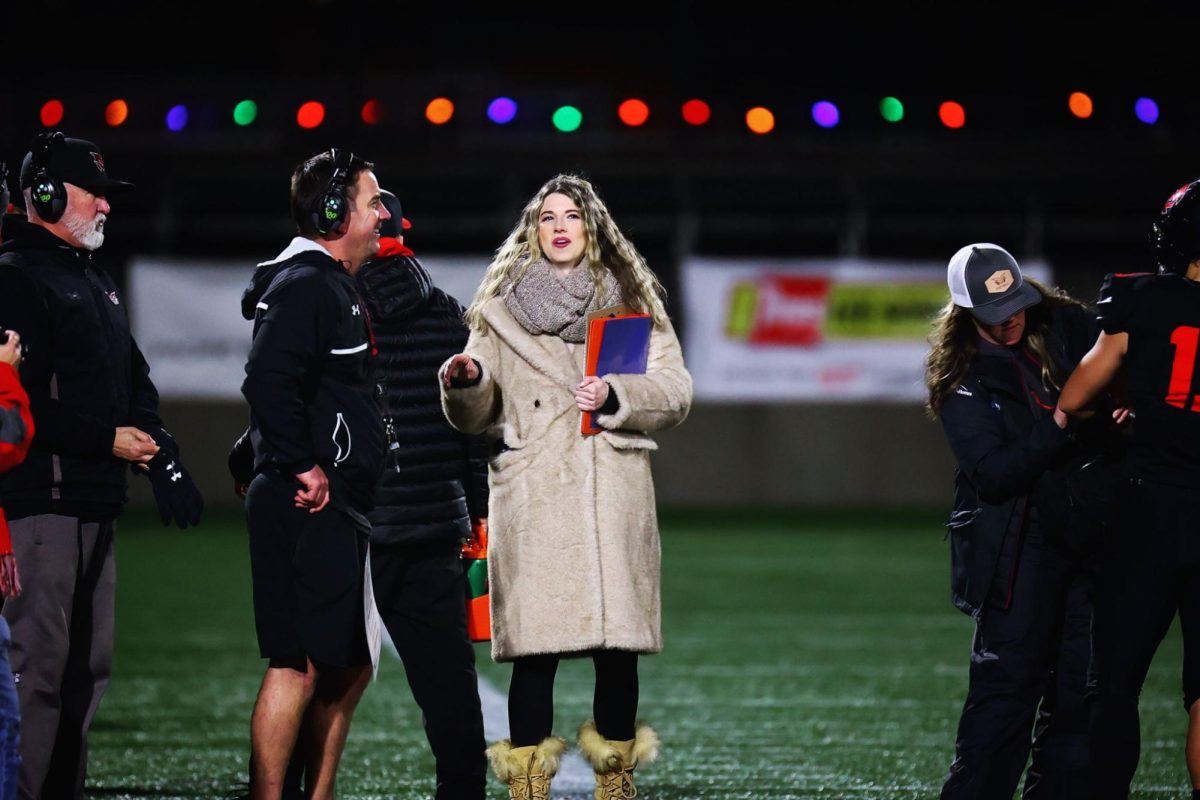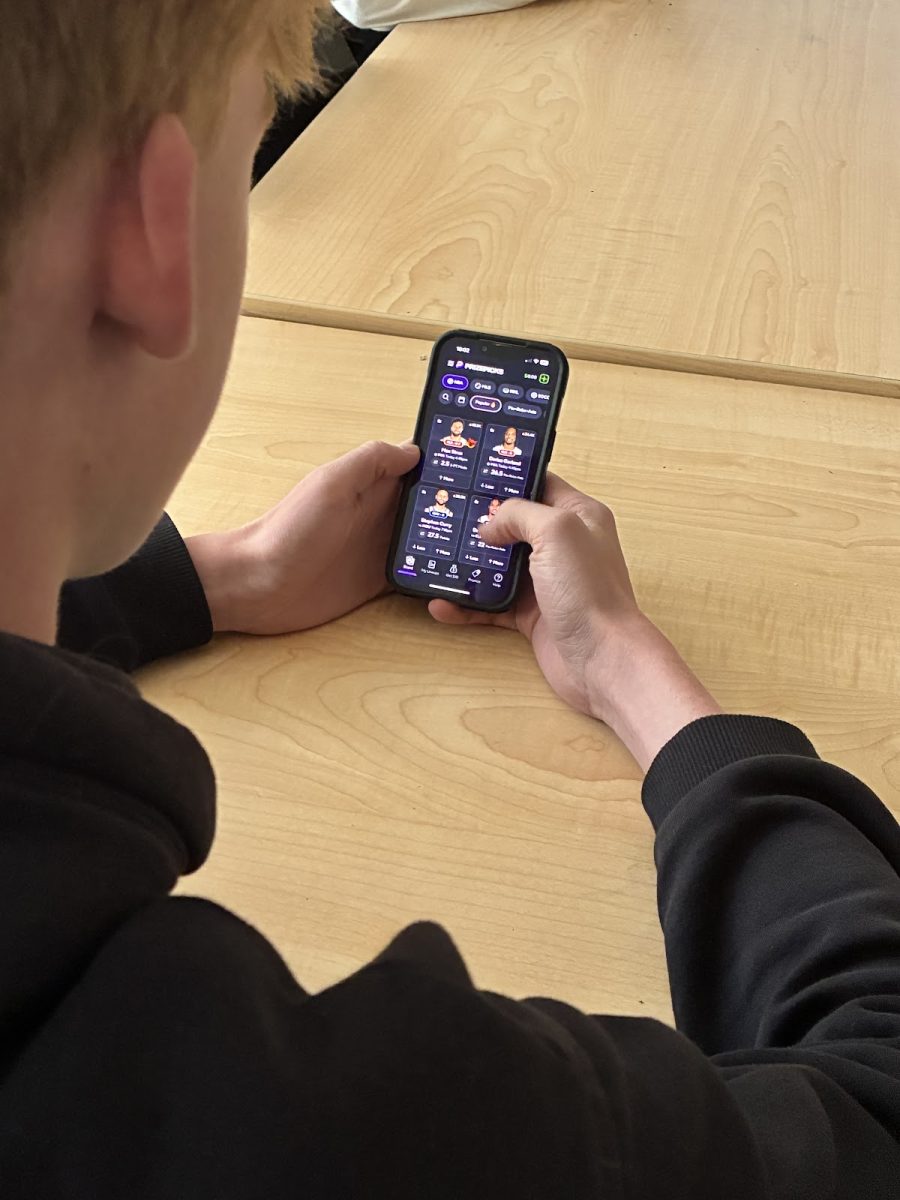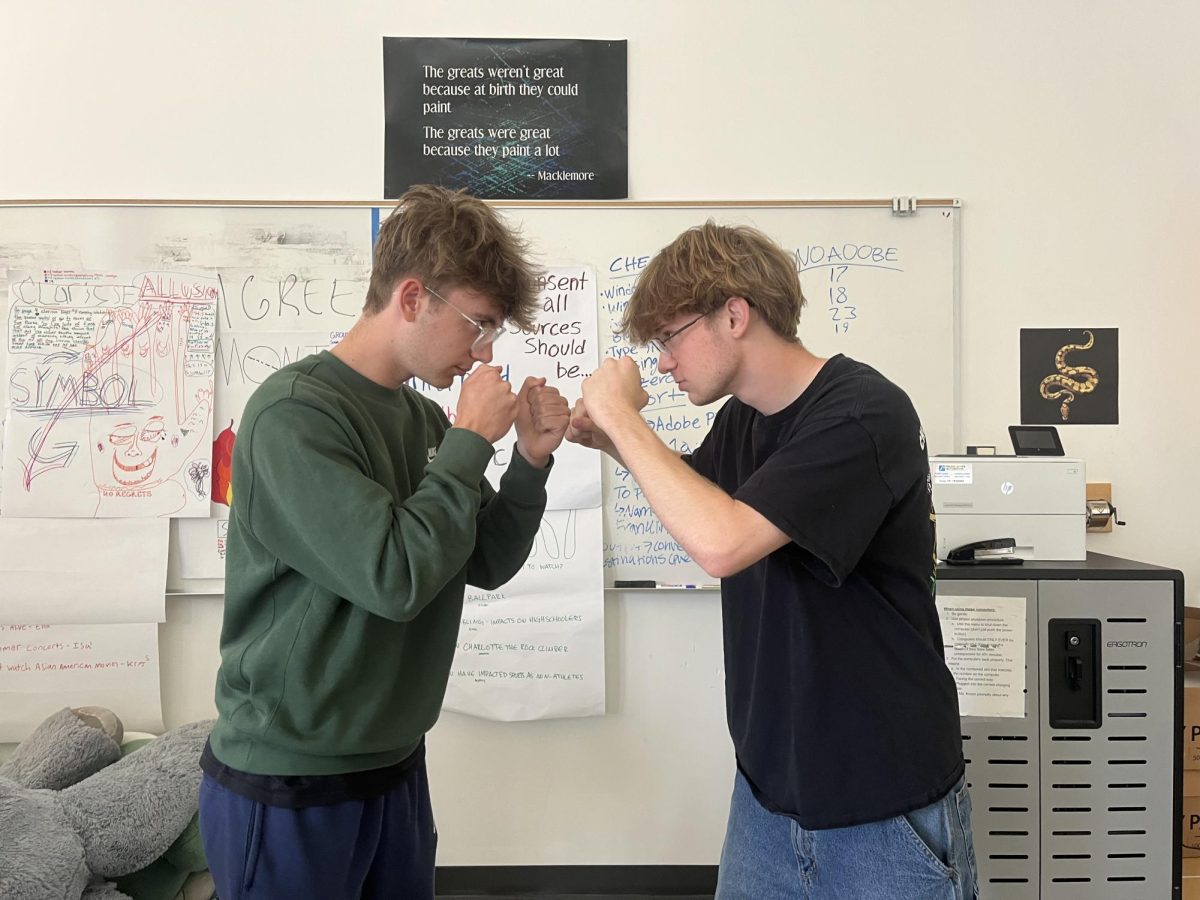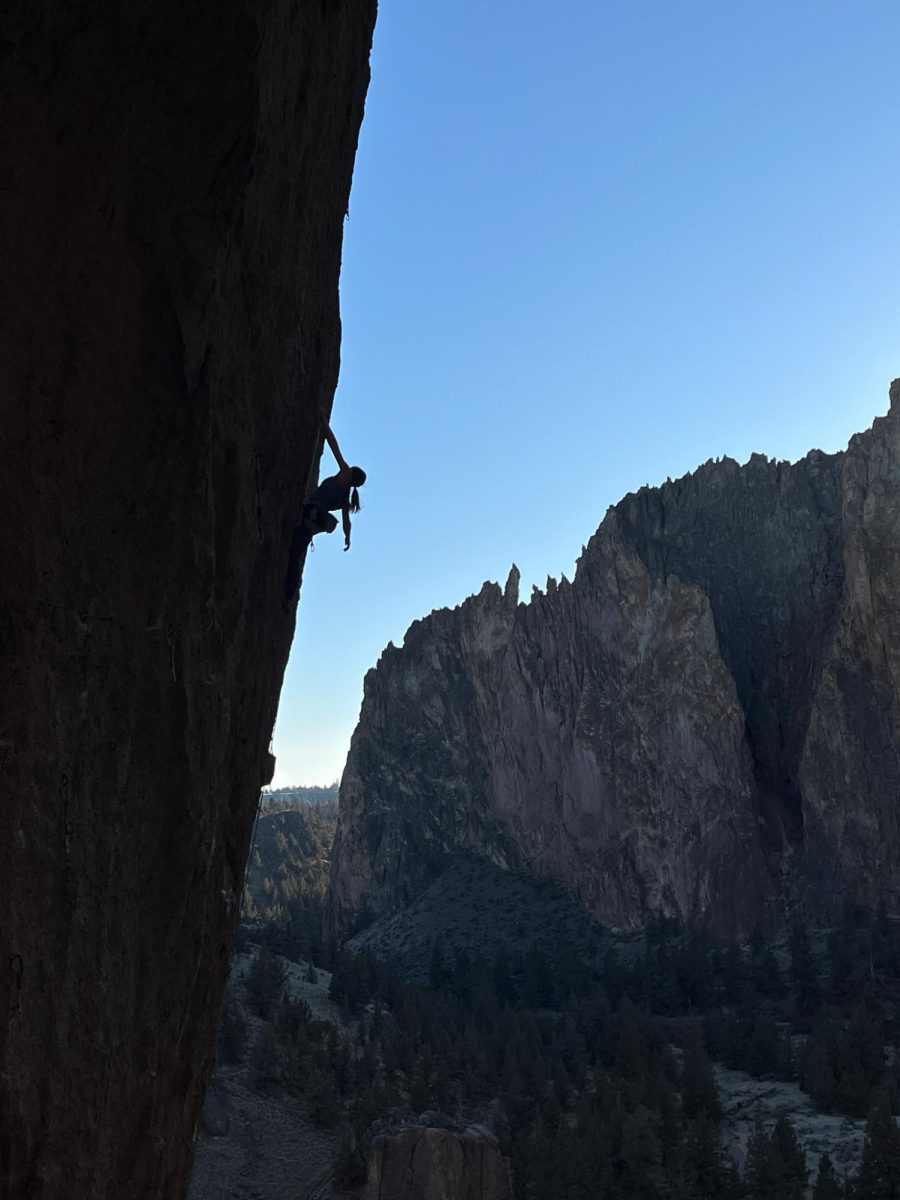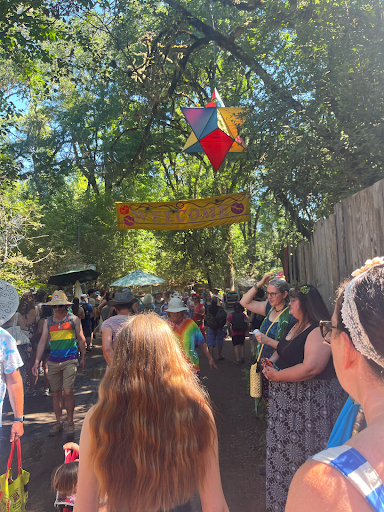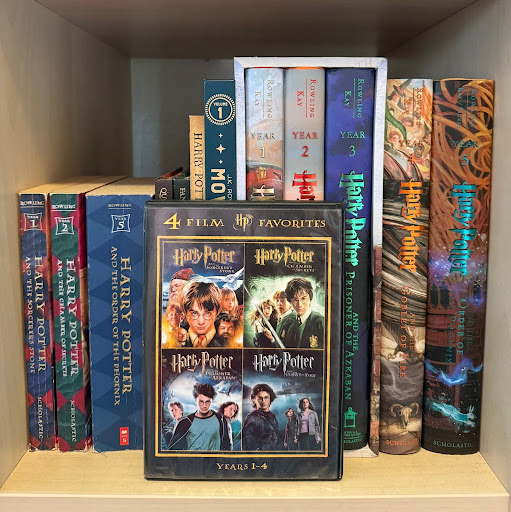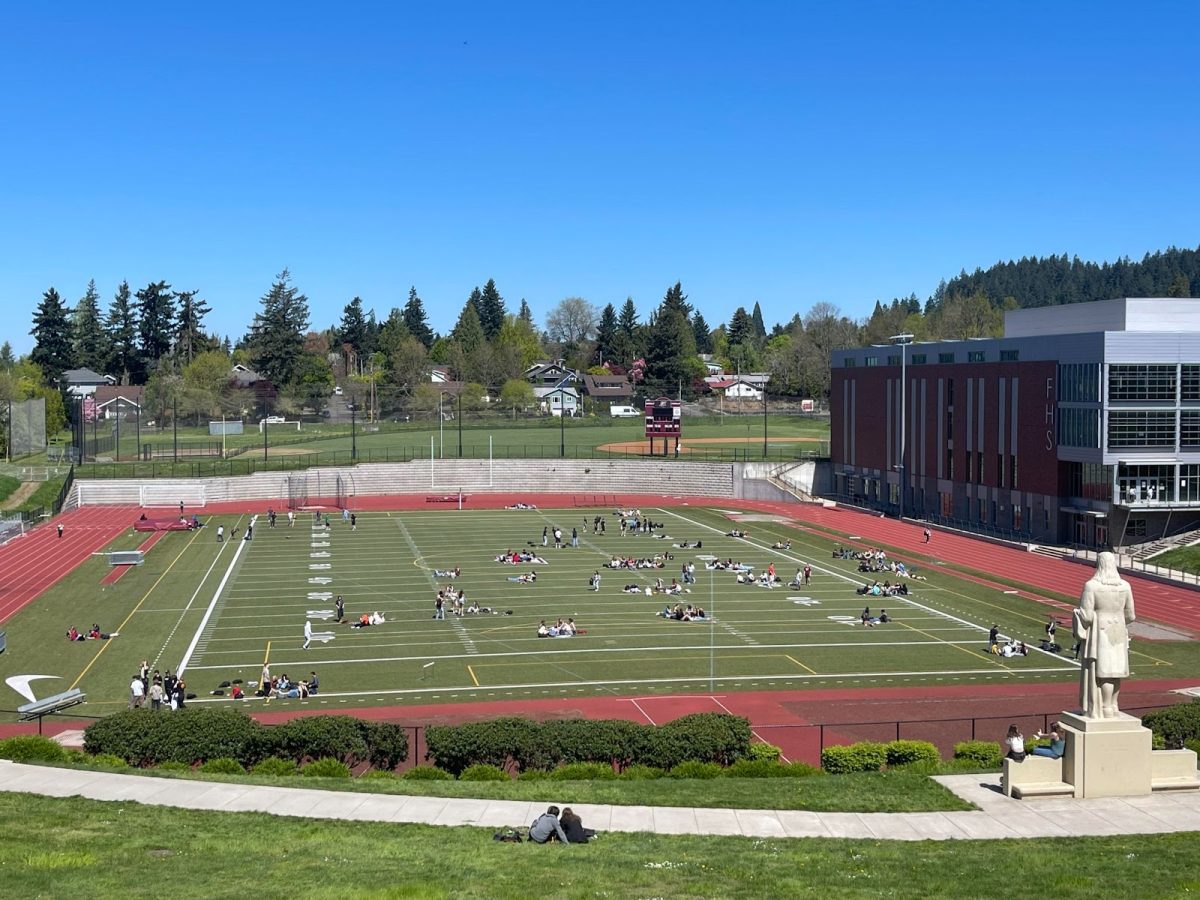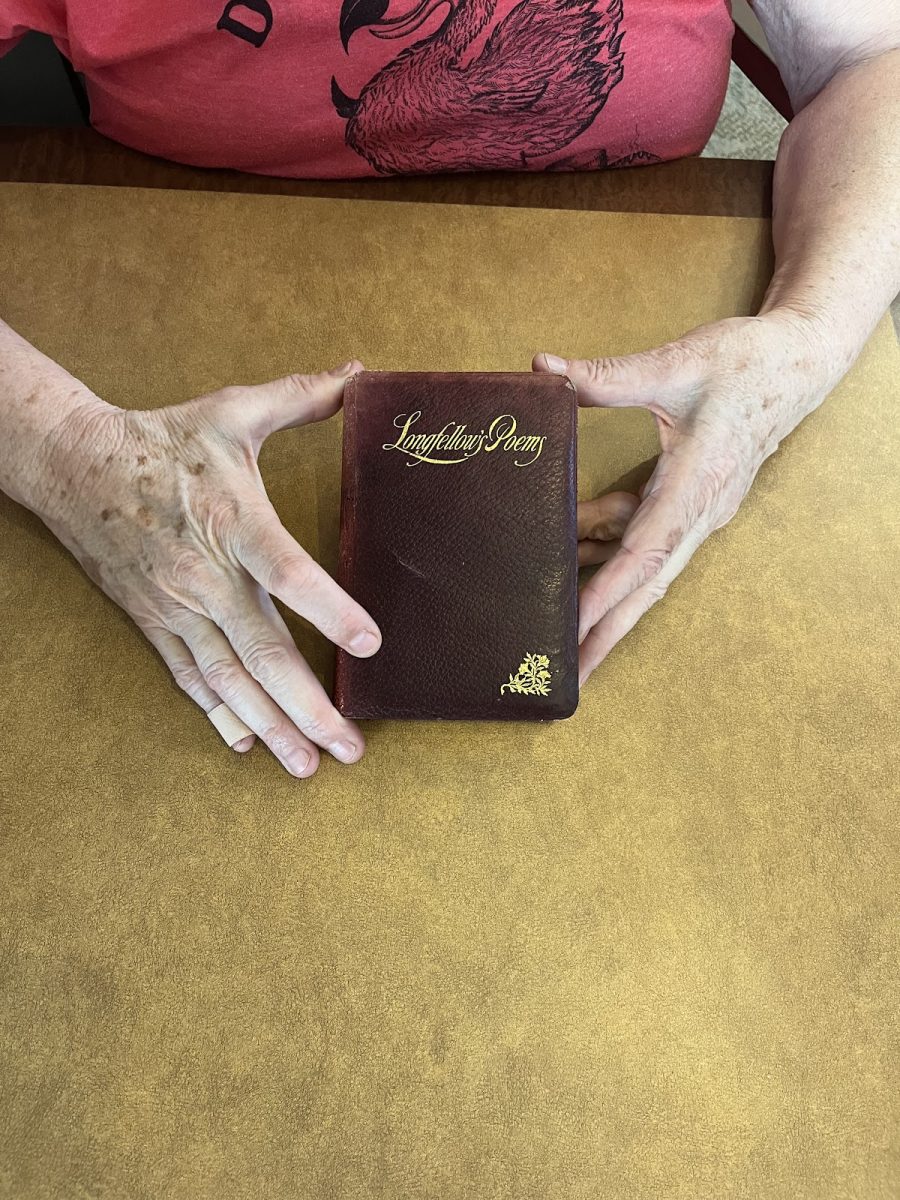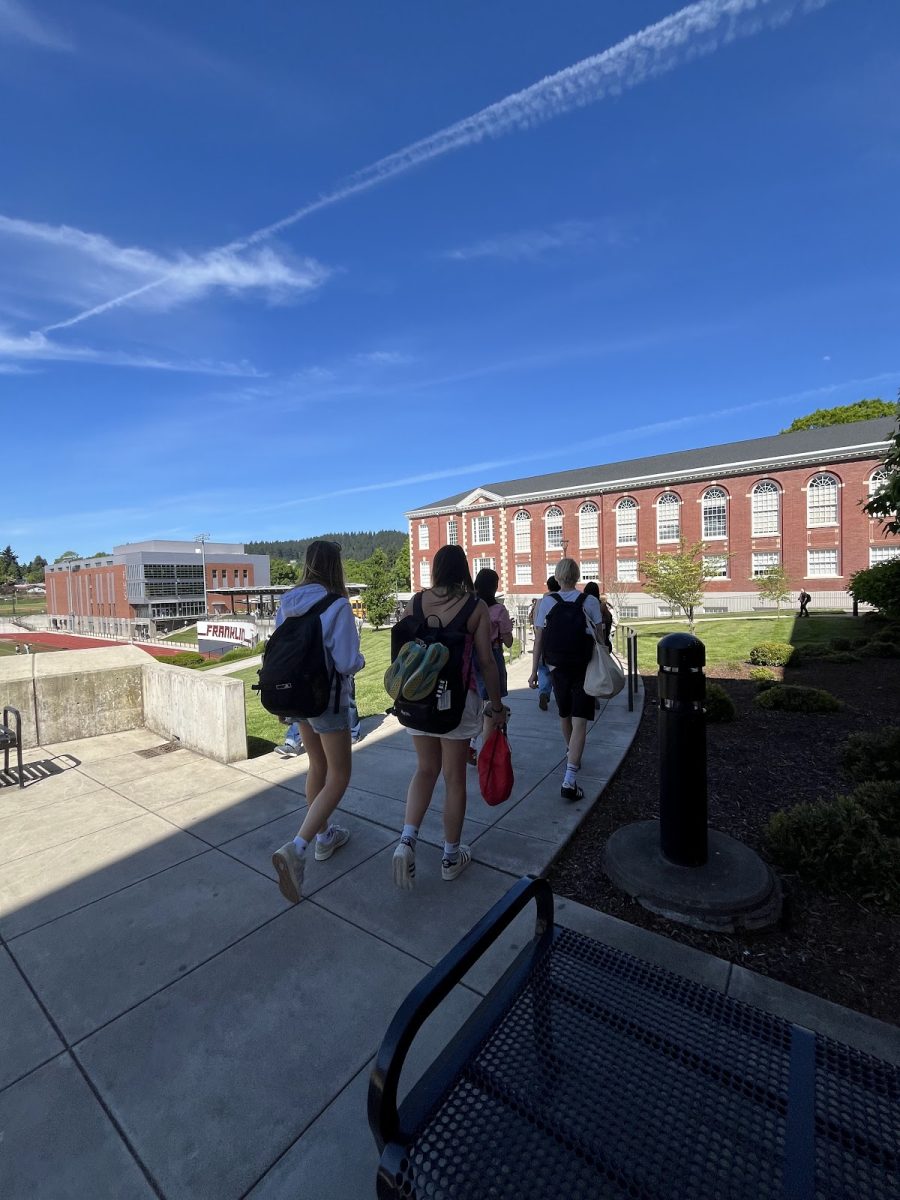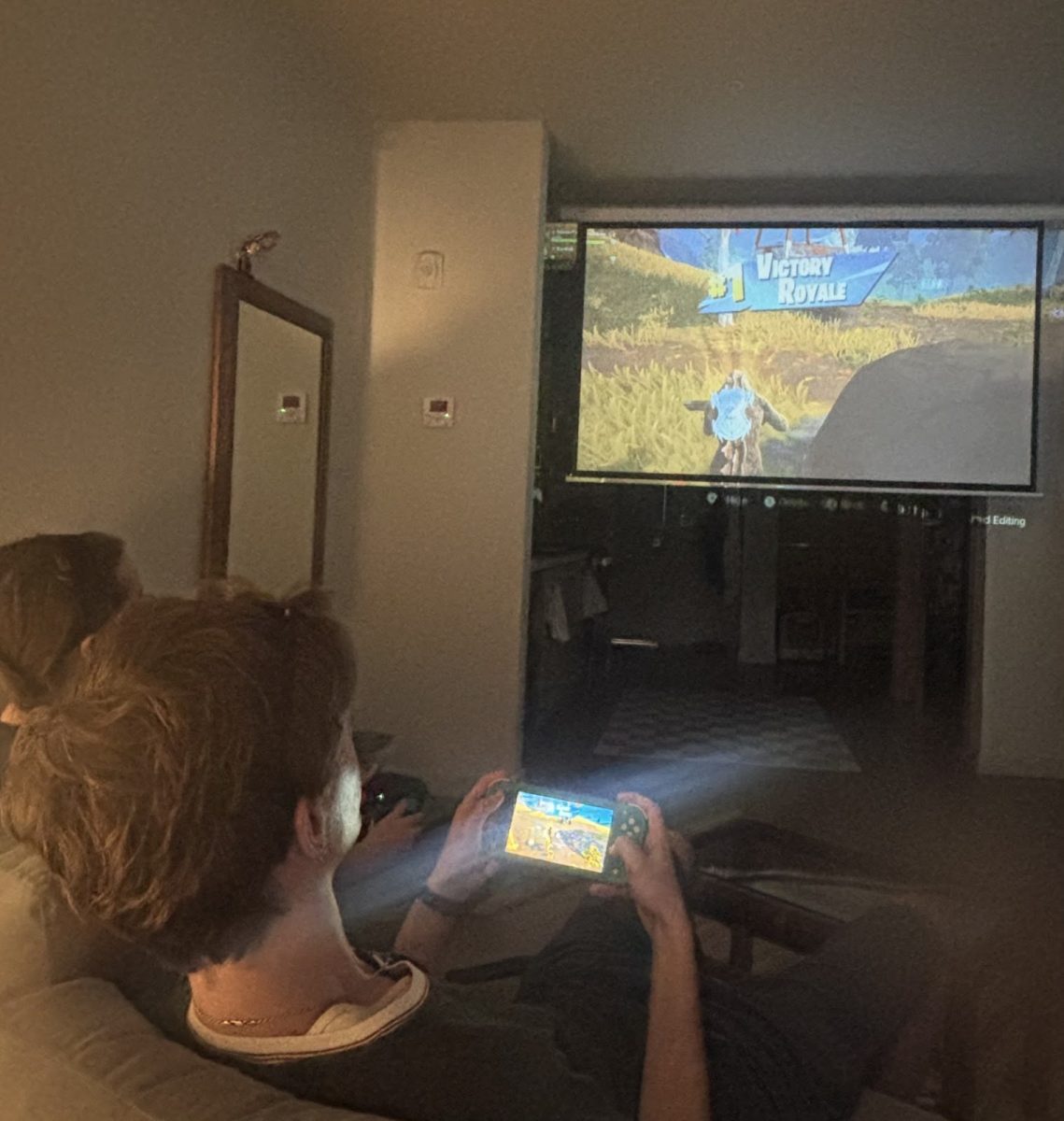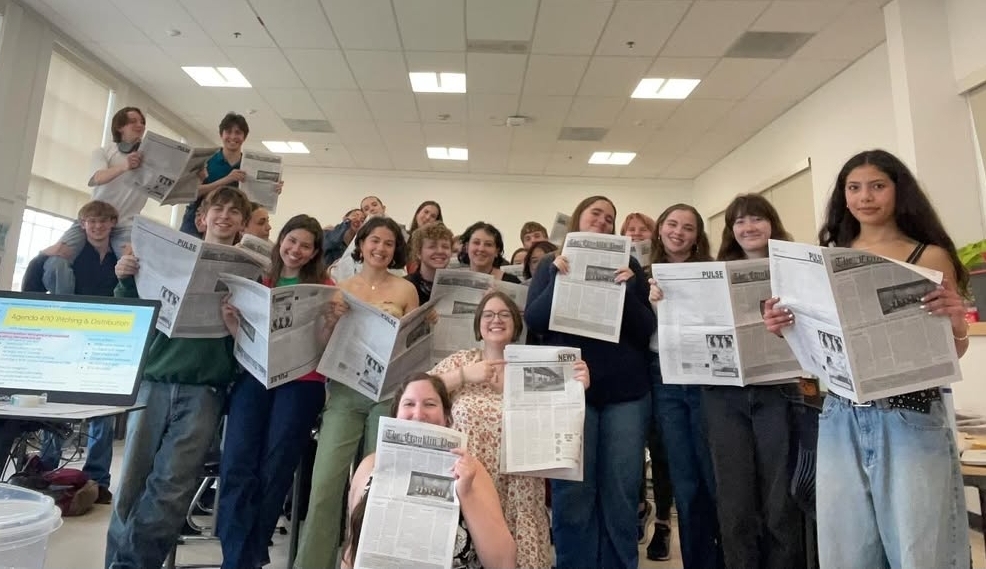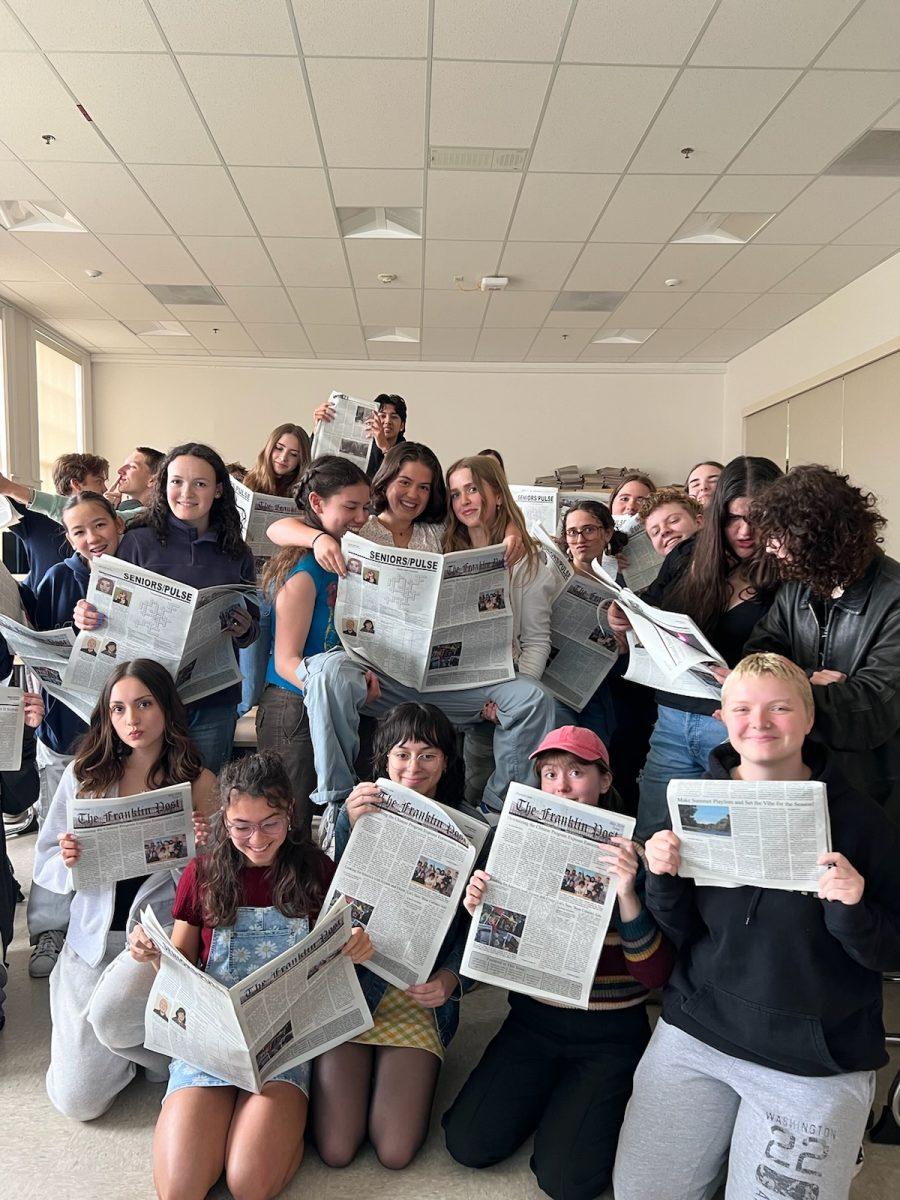Disclaimer: The authors of this article, Maya Bryant and Lucy Eckel, are both members of The Franklin Post and identify as White. Additionally, Lucy is a member of ASB. Some of the interviews included in this article were conducted by fellow members of the programs discussed in this article. All individual class data reflects the self-identification of students from a list of options, therefore not all labels may accurately reflect how students identify. Additionally, while full school data was pulled from Dashboard, which sorts students who check more than one race into a category called Multiple Races, individual class data was pulled from Synergy, which does not sort those students into a separate category. Therefore, individual class data in this article counts students of multiple races once for each race they check.
Each year at Franklin High School (FHS) students go through the forecasting process, which determines what classes they will be taking the following year. During this process students can choose from a multitude of courses including Associated Student Body (ASB), Yearbook Class, and The Franklin Post. Each of these classes influences the information that the Franklin community receives and produces either through the planning of spirit activities, the yearbook, or monthly newspapers.
The implementation of Franklin Talks in Fall 2021 has begun the journey of normalizing conversations about race in the classroom. Franklin Talks was created after Franklin High School reported lower rates of racialized discussion in the classroom than other Portland Public School (PPS) High Schools.
As of March 30, 2022, enrollment data for Franklin High School shows that 234 students identified as Asian, 87 identified as Black, 365 identified as Latinx, 6 identified as Native American, 17 identified as Pacific Islander, 180 identified with multiple races and 1,036 identified as White.
Within our three student led classes at Franklin—ASB, Yearbook, and The Post—there is only one student who self-identifies as Black. These three classes are unique to the Franklin course catalog because they are primarily led by students with the help of faculty advisors. Each class uses a different leadership structure and addresses a specific purpose.
ASB is the student leadership program at FHS that creates events and engages the student body and Franklin community. The class is broken down by position holders, led by a Student Body President and Vice President. Other position holders include: Class Officers, Spirit Commissioner, District Liaison, Publicity Chair and Secretary. The class is led by the President and Vice President who oversee committees within the class, each focused on different events or school climate issues. “We act as a bridge between student voice and admin[istration] or adults that run the building and have the power to make change,” says Megan Humphreys, a White educator and the Activities Director, who oversees the leadership program. Humphreys expressed concern that this year there are few students of color in the leadership program and that specifically, there are no Black students in ASB.
In ASB’s class size of 28, there are 16 White students, six Asian students, two Latinx students and four students that identify as two or more races. With a predominantly White class, it begs the question of whether or not this program accurately reflects the values, needs and interests of the entire student body and specifically students of color.
Anabelle Jukkala (11), ASB’s Publicity Chair, explains that she feels as though the lack of diversity does impact the programs lens: “we try our best to keep a broad equitable lens but sometimes not living that [diverse] experience [leads to] it can slip[ing] your mind and I think that has been an impact [on the FHS community].” Like Jukkala, Humphreys explains that “the way that [ASB] plan[s] with our whiteness doesn’t represent our students,” and that “when [ASB] does center whiteness either intentionally or unintentionally, I think that it sends a message and will place more barriers on who wants to join us.”
This year, ASB has used outlets through their Instagram account to poll their followers about what types of events they would like to see. Some committees have reached out to student affinity groups in an attempt to get feedback and more community engagement for ASB activities.
Julie Palmer, a Black educator who is currently the Climate and Equity Coach at Franklin High School and has been in the education system for 30 years, explains that she has “coached a few Black and brown students in ASB […] they just want to leave because they feel like their ideas are not accepted […] They don’t feel heard or valued.” Some students of color who have tried to enter these spaces have felt like the worth of their contributions is not weighed the same as that of White students, “something so simple as just receiving an idea [from a student of color] better and maybe even trying [the idea],” says Leatile Kelly (11), a member of the Black Student Union (BSU) Leadership Council who gives feedback around how the leaders in these spaces can collaborate with students of color in the class.
Humphreys addressed potential reasons why students of color aren’t in ASB, saying, “I think part of the reason why we don’t attract more students of color is that they don’t see themselves represented.” She adds that, “being a White educator doesn’t help either.” The advisors for The Post and Yearbook are White too. In addition to being a member of Franklin’s leadership team, Palmer is a part of the BSU Leadership Council and says, “Representation matters in who is advising, we don’t have a very diverse staff here.”
Yearbook’s class totals 28 students. 18 are White, four are Latinx, one is Black, three are Asian, and two identified as two or more races. “[The] whole class is […] assigned pages in the yearbook and everyone working on a spread uses the editors as a resource to finish what they have been assigned,” says Orlando Madrigal (11) who is a White and Latino Editor in Chief of the Yearbook this year. The yearbook is a small class, meaning they are usually in a crunch for time; “[..] people usually just get their friends to help them. This means that a lot of the yearbook ends up having content directly from the friend groups and circles of people who are making the yearbook,” says Madrigal. Since students are using their friends predominantly in some of these pages, those students and their identities are the ones that are being highlighted and represented most within the yearbook.
Arabela Kelly (12) who is Black and White, is a part of the BSU Leadership Council. She says, “We’ve had people [yearbook staff] come to BSU and take pictures when that didn’t happen before. So I feel like they are trying to make more of an outreach this year.”
The Franklin Post should not be excluded from this conversation as we talk about the whiteness of student led classes at Franklin High School.
The Post allows students to pick whichever topic they want to write about each issue. This means that the articles produced by The Franklin Post are a reflection of the specific writers’ interests, passions, and wonderings. When the specific writers mainly fall into a White demographic, that limits the perspectives present in the coverage.
Liv Lufkin, who is White, is a former Franklin Post Sports Editor (2019-2021). She explains, “Obviously the demographics of The Post change what issues are showcased, specifically because writers are more aware of issues within their own communities, and have better access to sources with their connections.”
In The Post, there are 33 White students, two Latinx, two Asian, one Native Hawaiian/Pacific Islander, and two American Indian/Alaskan Native. If the Franklin Post is majority White, then one must ask if the Franklin Post is an accurate portrayal of the topics that are important to everyone in the Franklin community and not just the majority White Post class.
Currently, there is only one non-White Editor, Editor in Chief, or Advisor on the The Post. But this is not a specific issue to just Franklin High School. Historically student journalism and journalism in general is a very White space. Dean Banquet became the first Black Executive Editor of the New York Times in 2014. Additionally, Black journalists are most frequently positioned as Sports or Entertainment journalists which are common categories that the media represents Black people in. This means Black people are reporting on other Black people, and their perspectives on and contributions to the coverage of politics, breaking news, or science go unseen.
Lufkin says, “I think The Post should make more of an effort at informing the general student body on its functions and activities to demystify what it means to be a student journalist.”
The Post works within a hierarchical leadership structure along with ASB and Yearbook. Elizabeth Kirsch as the Advisor, three Editors in Chief, 11 Editors, and around 30 Writers, follow that power structure. “Something that makes spaces exclusive to not just White people but whiteness and White culture is that they are founded in White cultural norms,” Palmer explains.
Discussions around White Supremacy Culture Characteristics often include, “Power Hoarding” as a characteristic, meaning that power is concentrated into one or few people. Additionally, “Individualism” is another characteristic popular in White leadership structures where there is little or no value on collaborative decisions and leadership. For students of color considering ASB, Yearbook, and/or The Post, seeing parts of White Supremacy Characteristics ring true in leadership styles and class systems could be a deterrent for joining.
BSU is run with a collaborative leadership approach called a “Leadership Council.” This is different from ASB and The Post because “these organizations [ASB and The Post] are run with traditional political systems like Student Senate, that’s steeped in whiteness and White history. That is not tribal, not indigenous,” says Palmer.
Leatile Kelly says, “[Leadership Council] is more equal; when you are equal you feel more comfortable to share and your ideas are better received.”
Diversifying these predominantly White leadership spaces is much more complex than just recruitment. In order for diverse identities to feel a sense of belonging and loyalty to these spaces, work has to be done inside these classes beyond naming it a “Safe Space.”
Some feel that action has not followed statements around welcoming diversity in student leadership classes. Palmer explains, “Until the people who are leading are able to shift some of those cultural norms that are valued I think it is going to be really challenging to diversify those spaces.” Leatile Kelly continues, “impact and intent are important,” and then, “who does that responsibility lay on to make it more diverse?”
After talking with Leatile Kelly, Arabela Kelly and Julie Palmer, it was indicated that the first step is not as simple as recruiting people of color. Rather these White spaces need to take ownership of their own structures, environments, and/or systems that are perpetuating harm before attempting to diversify. Franklin Talks can serve as a stepping stone for students and staff to normalize having these conversations, but staff and administrators must also be called in to change these White supremacy systems beyond individual recognition of harm. Palmer and Leatile Kelly describe this approach as “tearing the building down and building it back up instead of fixing parts of the building.” Palmer adds, “In order to truly diversify, White staff and students have to take ownership for that shift and change and not make the representation be the responsibility of the communities of color.”
